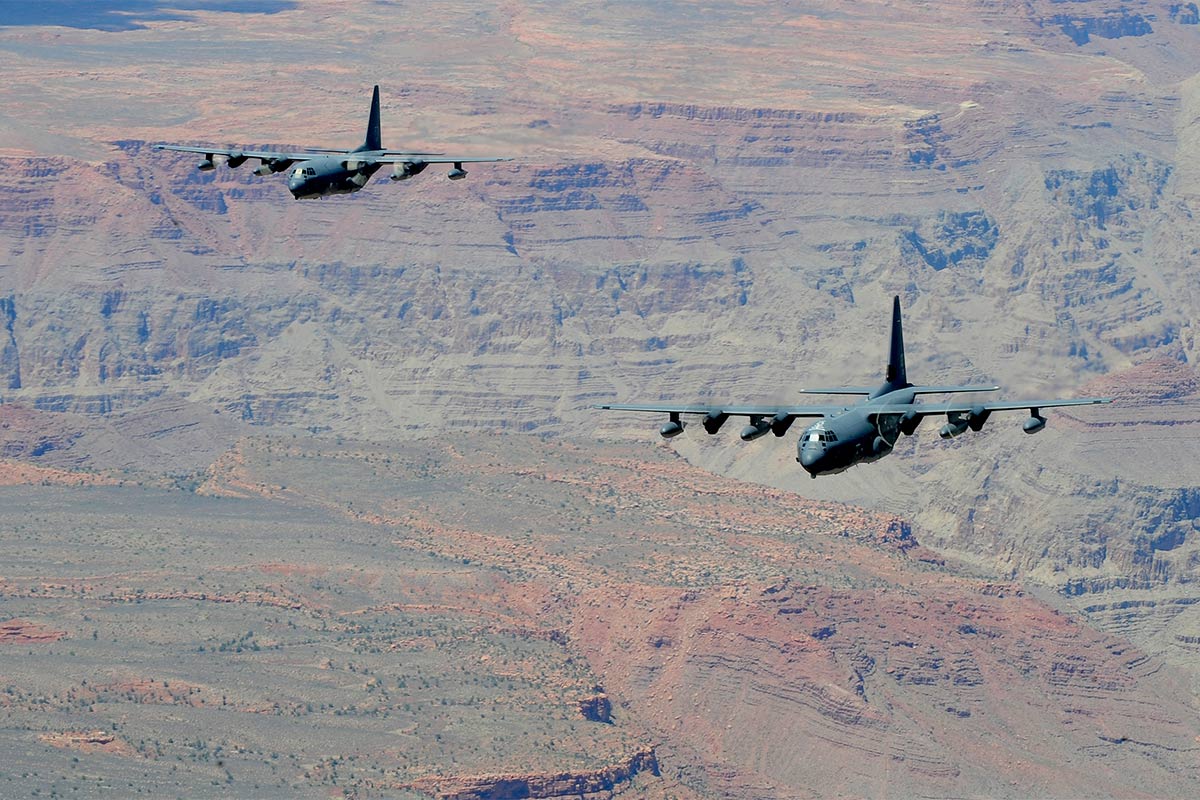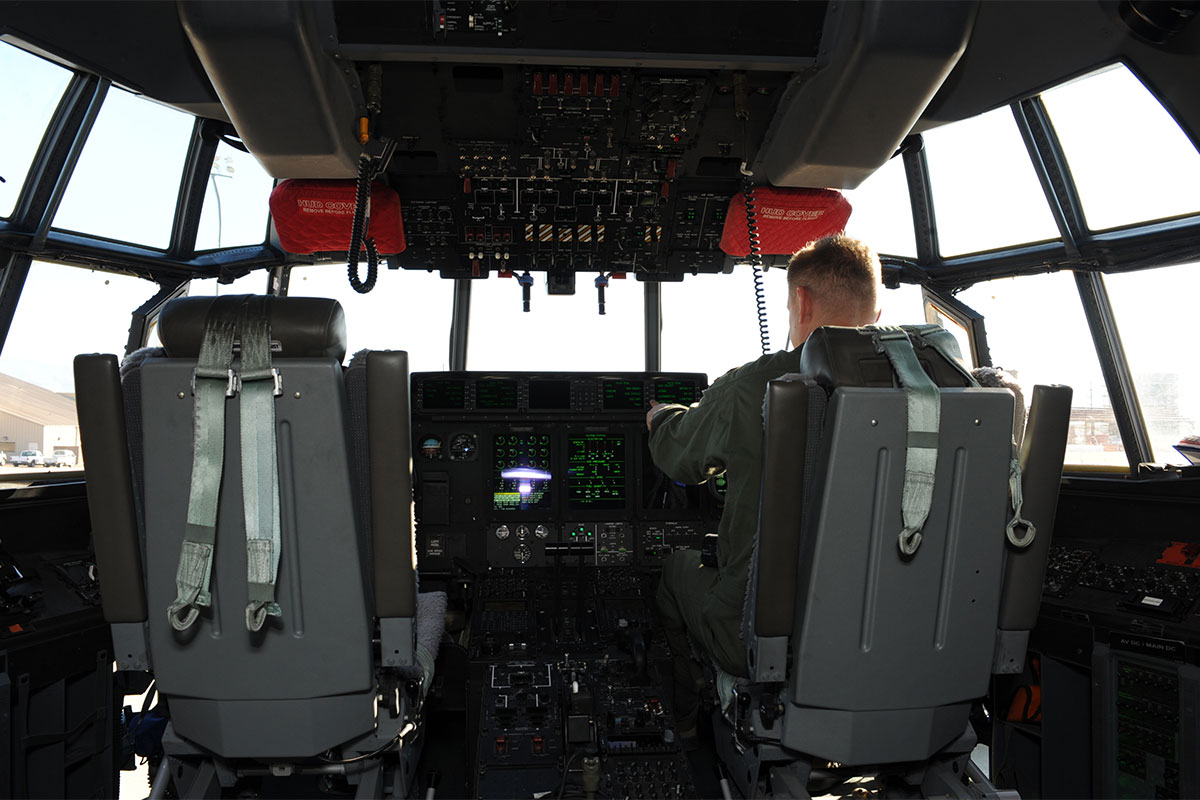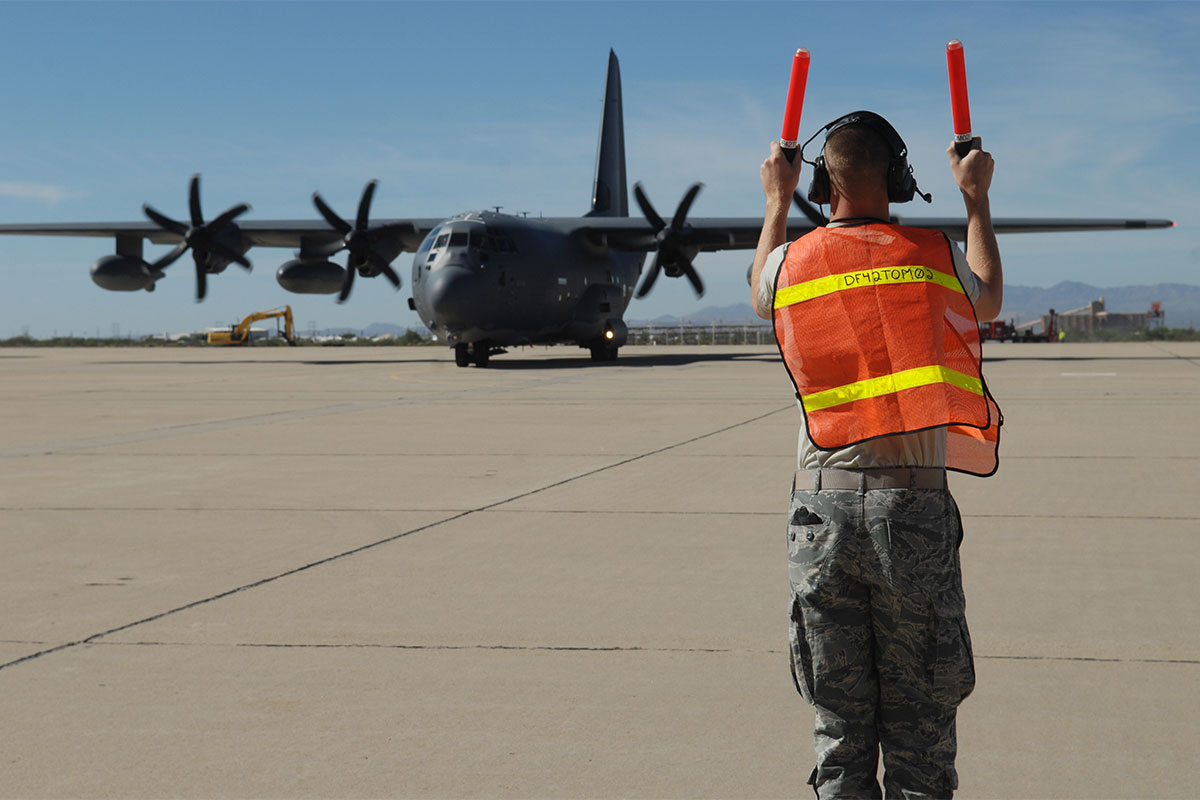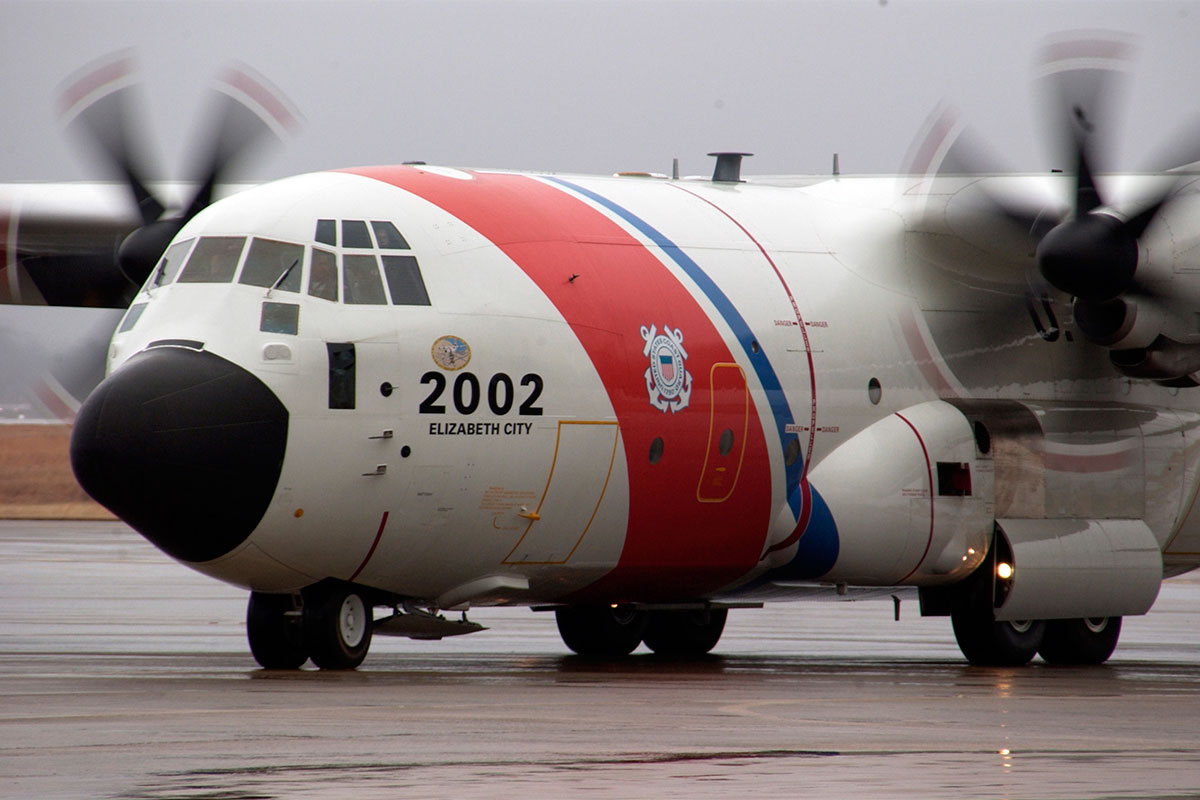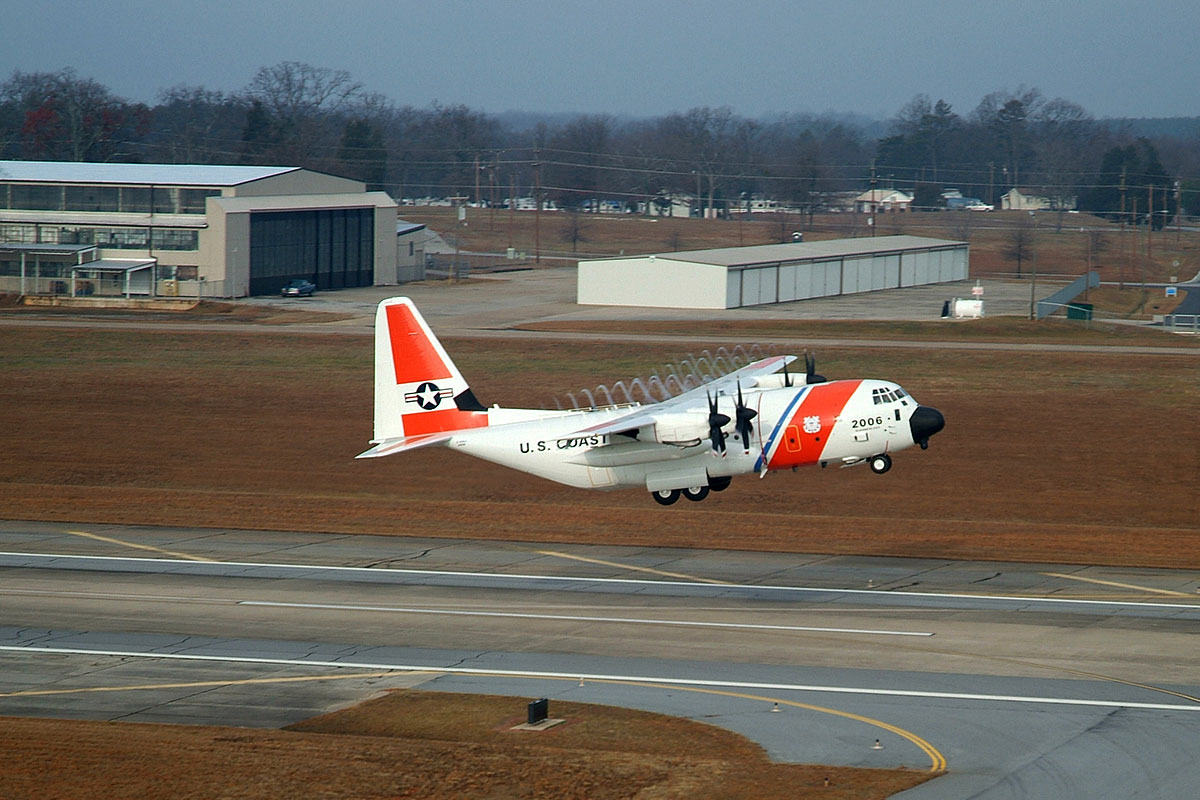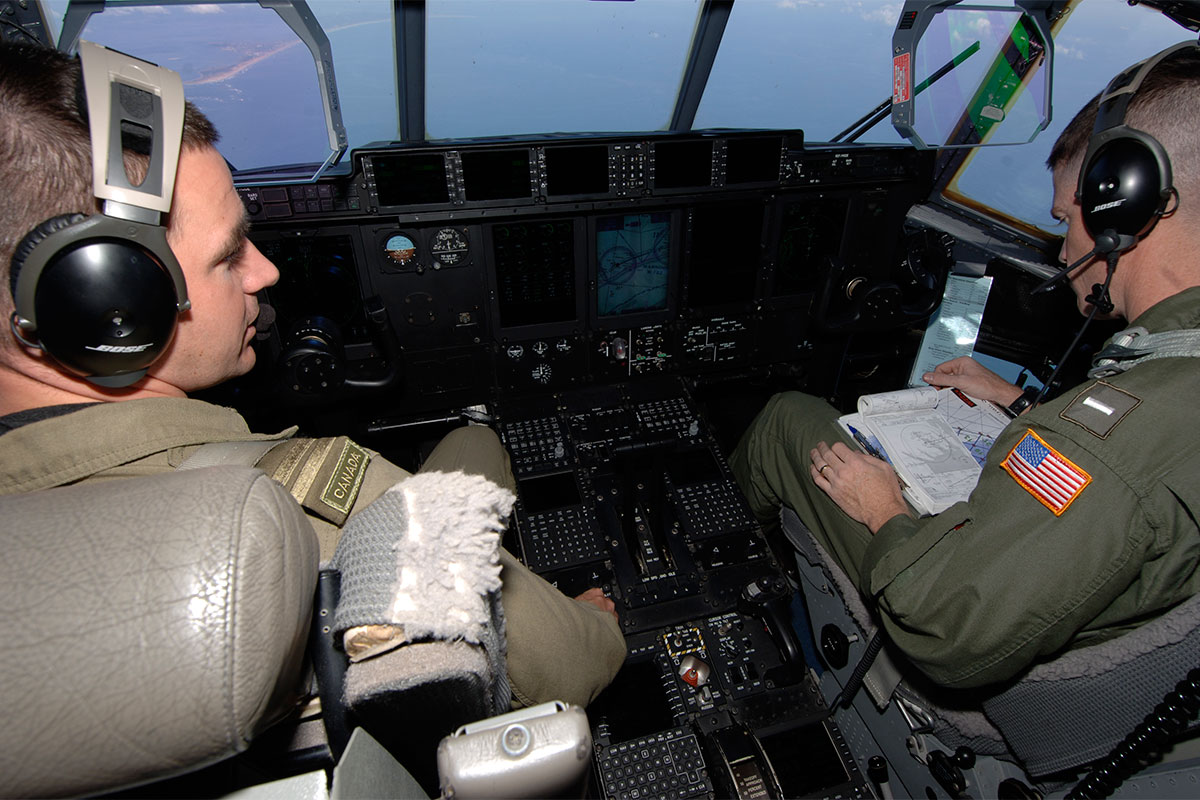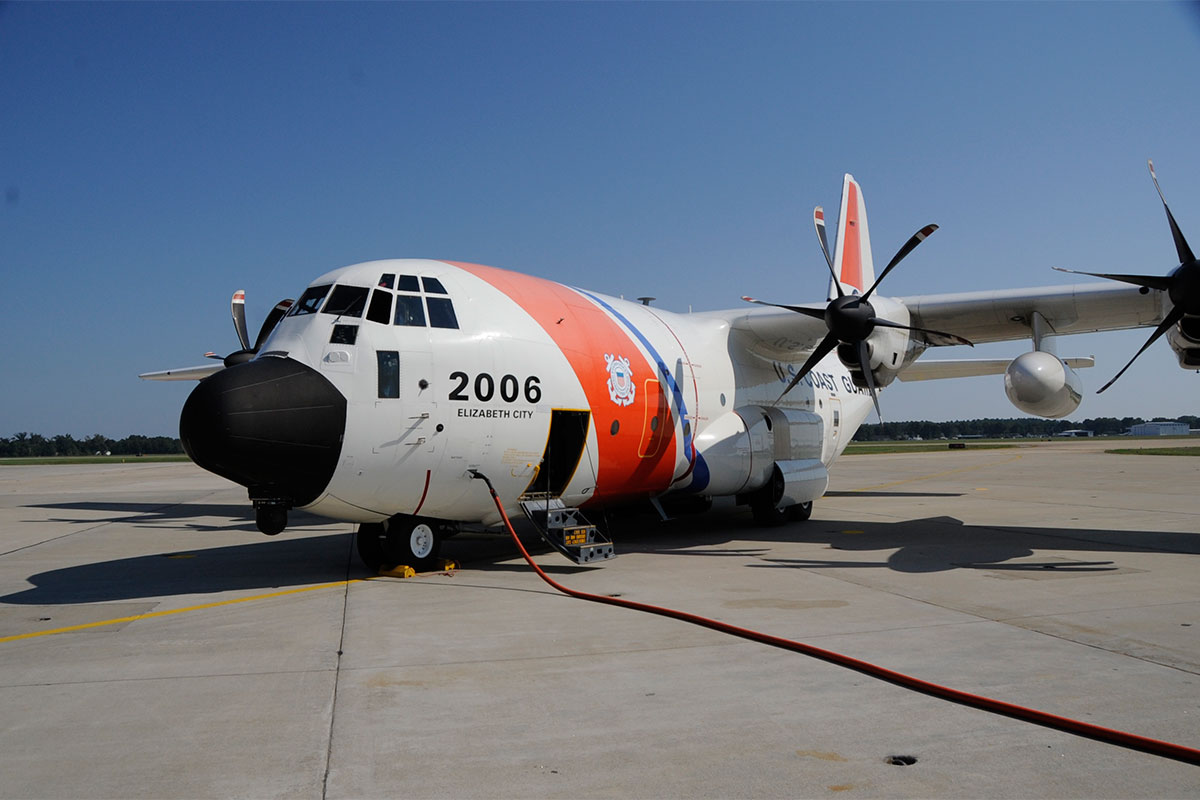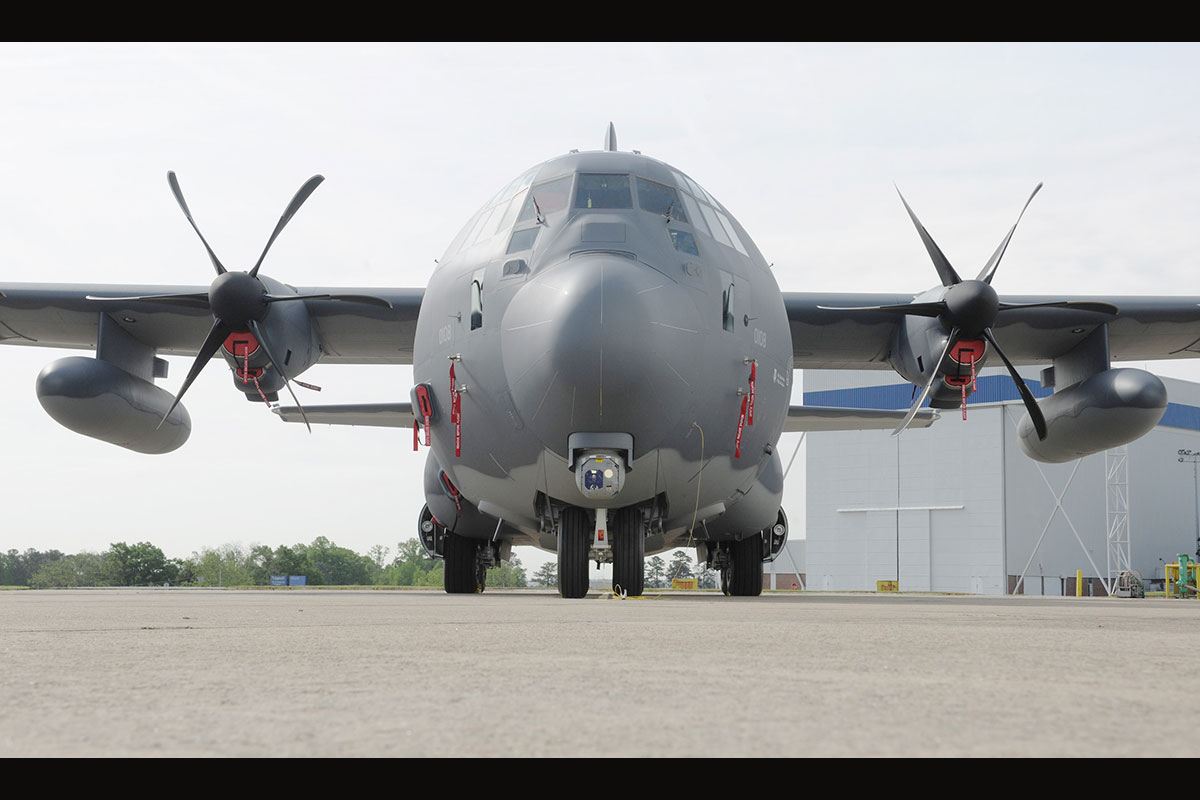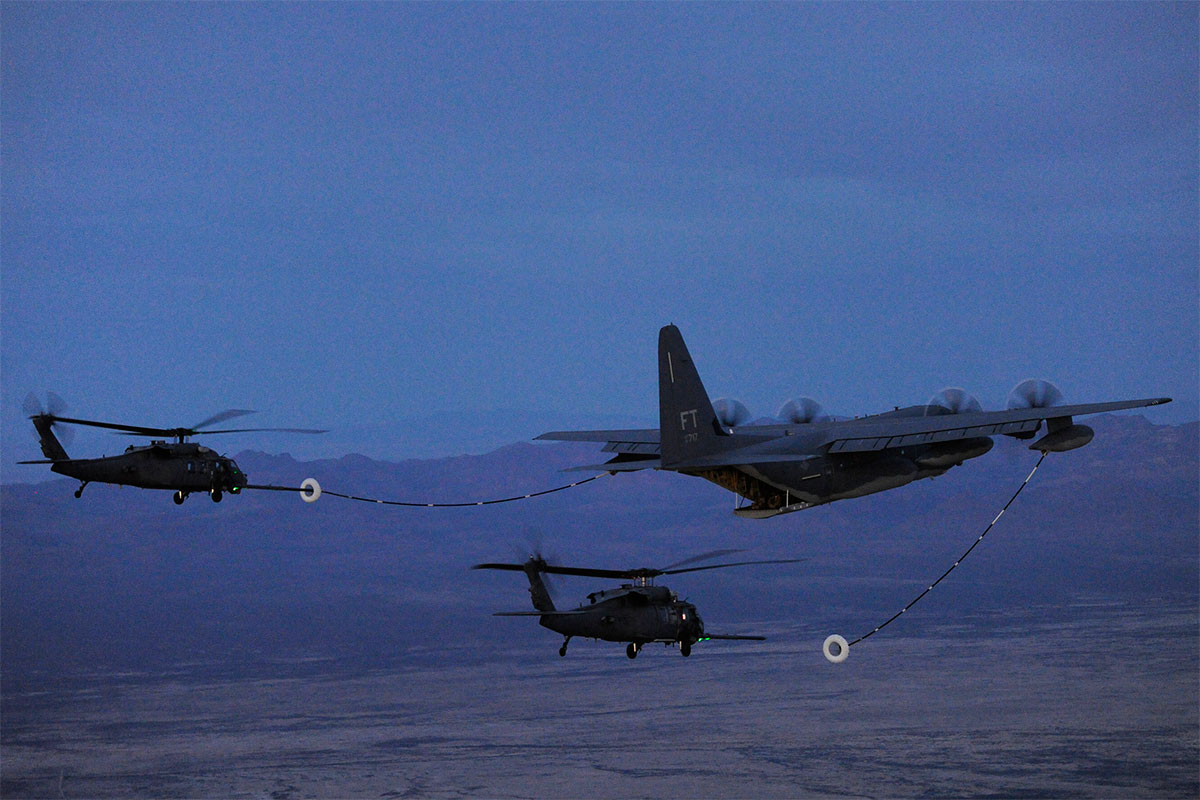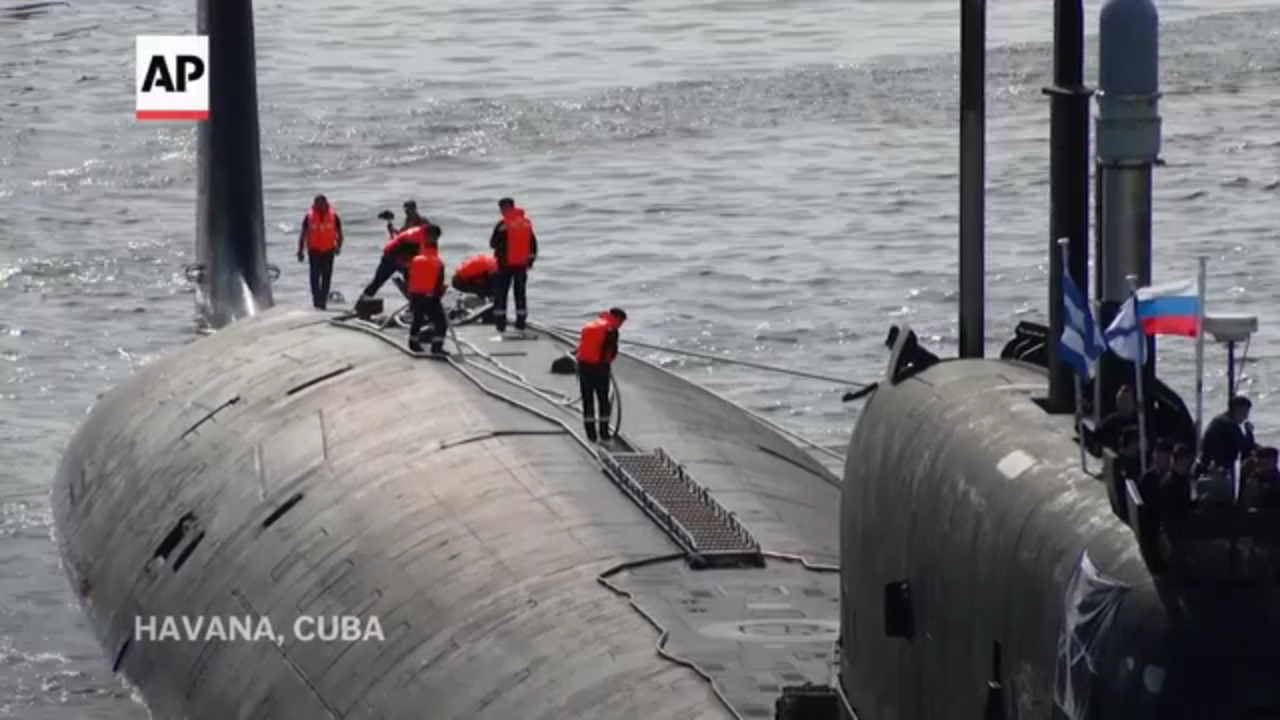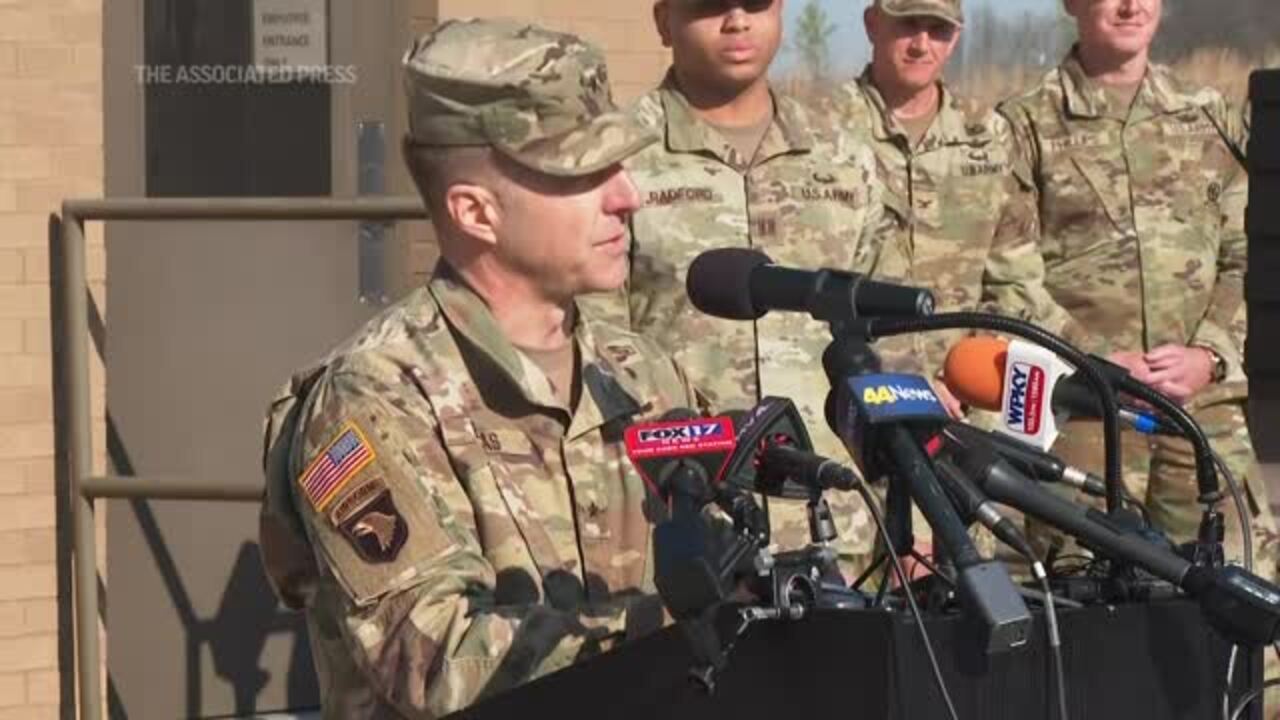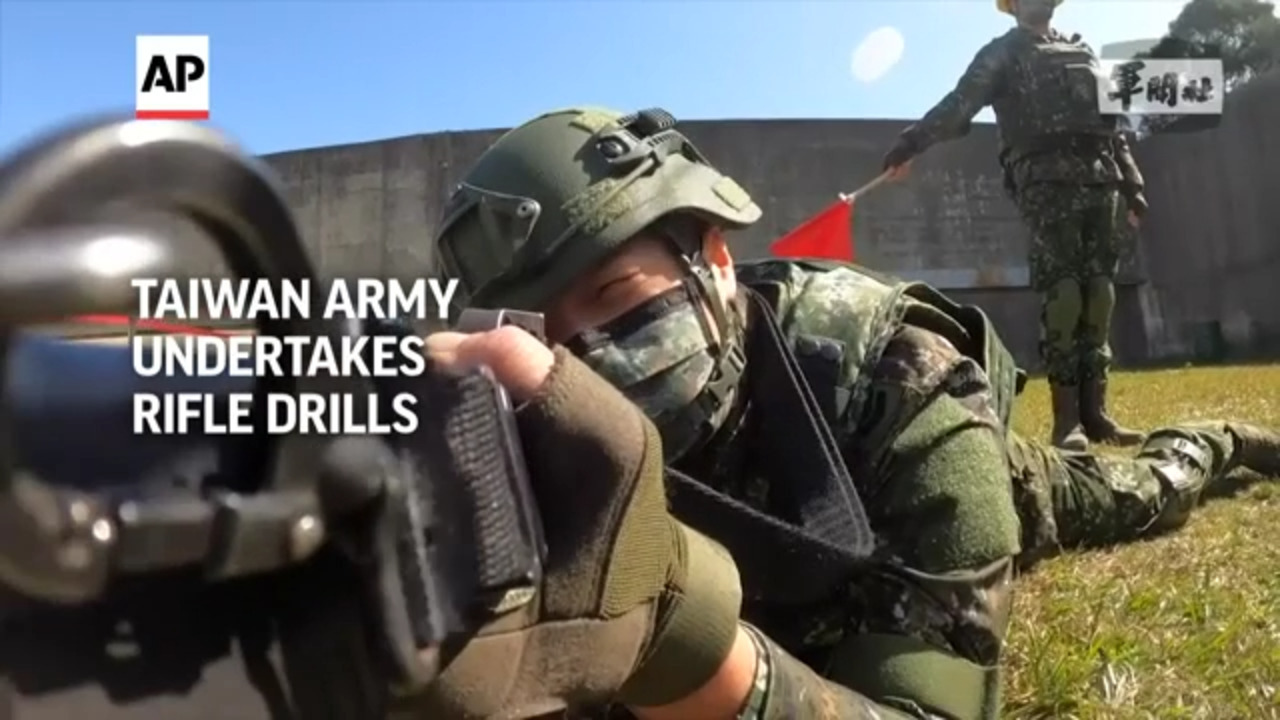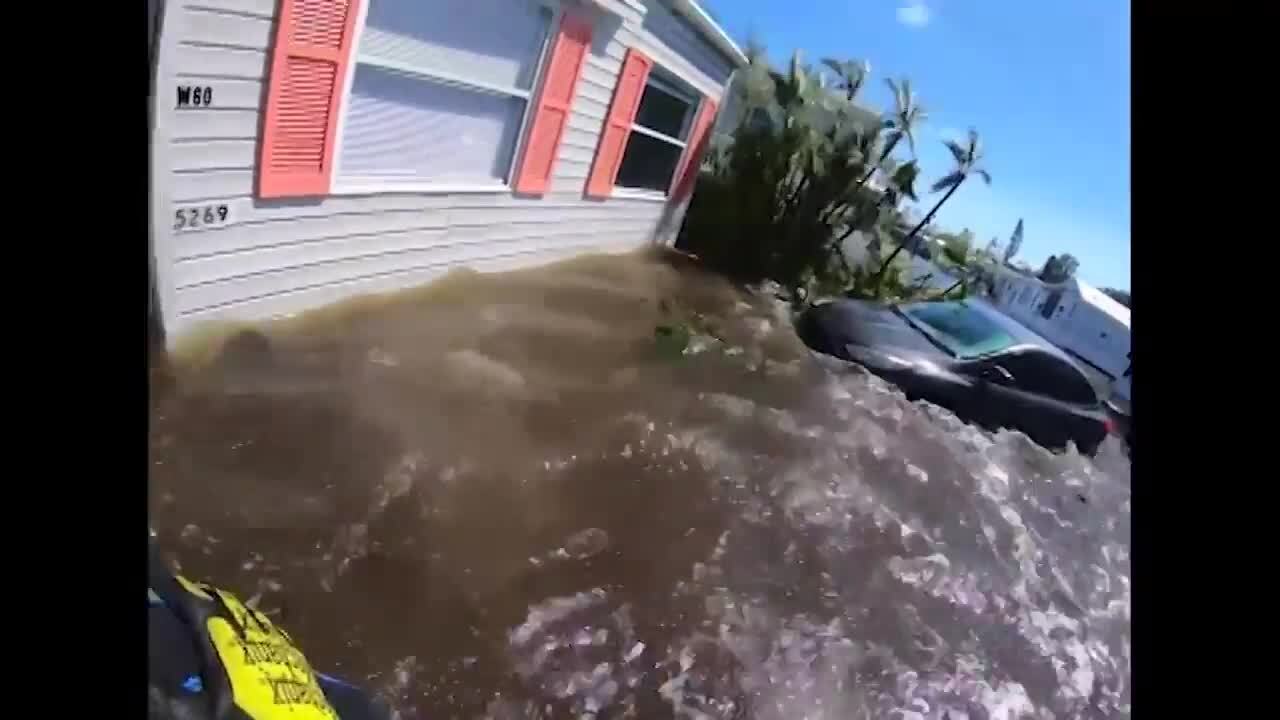Contractor: Lockheed Aircraft Corp.
Service: United States Air Force
Power Plant: Four Rolls Royce AE2100D3 turboprop engines
Payload: 35,000 pounds (15,875 kilograms)
Speed: 316 knots indicated air speed at sea level
Range: beyond 4,000 miles (3,478 nautical miles)
Armament: countermeasures/flares, chaff
Basic Crew: Three officers (pilot, co-pilot, combat system officer) and two enlisted loadmasters
The HC-130J Combat King replaces HC-130P/Ns as the only dedicated fixed-wing Personnel Recovery platform in the Air Force inventory. It is an extended-range version of the C-130J Hercules transport. Its mission is to rapidly deploy to execute combatant commander directed recovery operations to austere airfields and denied territory for expeditionary, all weather personnel recovery operations to include airdrop, airland, helicopter air-to-air refueling, and forward area ground refueling missions. When tasked, the aircraft also conducts humanitarian assistance operations, disaster response, security cooperation/aviation advisory, emergency aeromedical evacuation, and noncombatant evacuation operations.
Modifications to the HC-130J have improved navigation, threat detection and countermeasures systems. The aircraft fleet has a fully-integrated inertial navigation and global positioning systems, and night vision goggle, or NVG, compatible interior and exterior lighting. It also has forward-looking infrared, radar and missile warning receivers, chaff and flare dispensers, satellite and data-burst communications, and the ability to receive fuel inflight via a Universal Aerial Refueling Receptacle Slipway Installation (UARRSI).
The HC-130J can fly in the day; however, crews normally fly night at low to medium altitude levels in contested or sensitive environments, both over land or overwater. Crews use NVGs for tactical flight profiles to avoid detection to accomplish covert infiltration/exfiltration and transload operations. To enhance the probability of mission success and survivability near populated areas, crews employ tactics that include incorporating no external lighting or communications, and avoiding radar and weapons detection.
Drop zone objectives are done via personnel drops and equipment drops. Rescue bundles include illumination flares, marker smokes and rescue kits. Helicopter air-to-air refueling can be conducted at night, with blacked out communication with up to two simultaneous helicopters. Additionally, forward area refueling point operations can be executed to support a variety of joint and coalition partners.
The HC-130J is a result of the HC/MC-130 recapitalization program and replaces Air Combat Command's aging HC-130P/N fleet as the dedicated fixed-wing personnel recovery platform in the Air Force inventory. The 71st and 79th Rescue Squadrons in Air Combat Command, the 550th Special Operations Squadron in Air Education and Training Command, the 920th Rescue Group in Air Force Reserve Command and the 106th Rescue Wing, 129th RQW and 176th Wing in the Air National Guard will operate the aircraft.
First flight was 29 July 2010, and the aircraft will serve the many roles and missions of the HC-130P/Ns. It is a modified KC-130J aircraft designed to conduct personnel recovery missions, provide a command and control platform, in-flight-refuel helicopters and carry supplemental fuel for extending range or air refueling.
